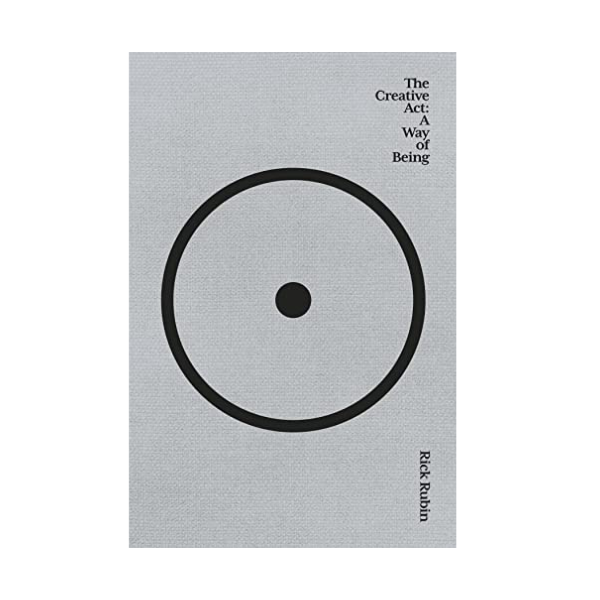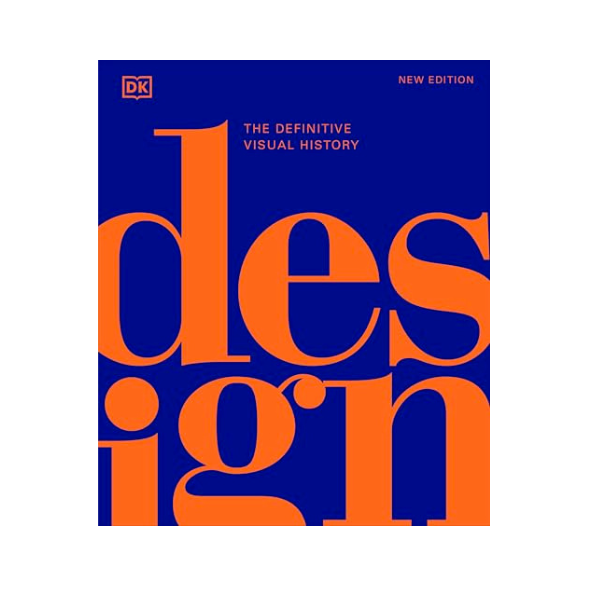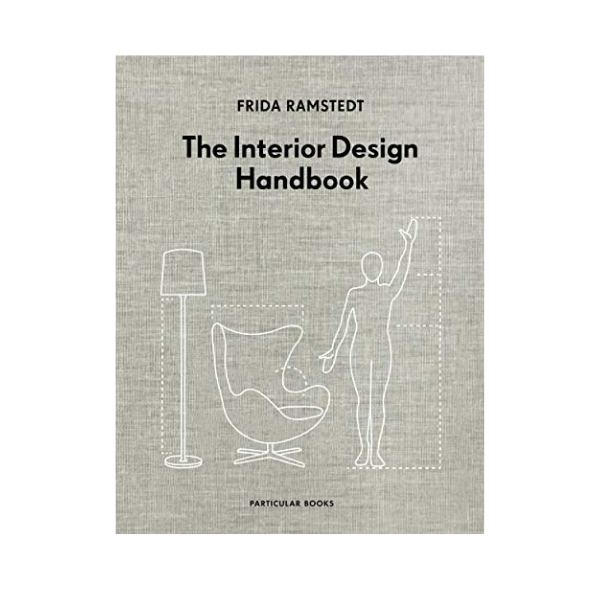So It Turns Out, I Suffer From ‘Design Fixation’ — Psychologists Explain What It Is, Why It's Holding Your Interiors Back, and How to Get Over It
Have you ever been fixated on an idea and can't get it out of your head? Even if it's not the best idea? It's a thing. Experts tell me why
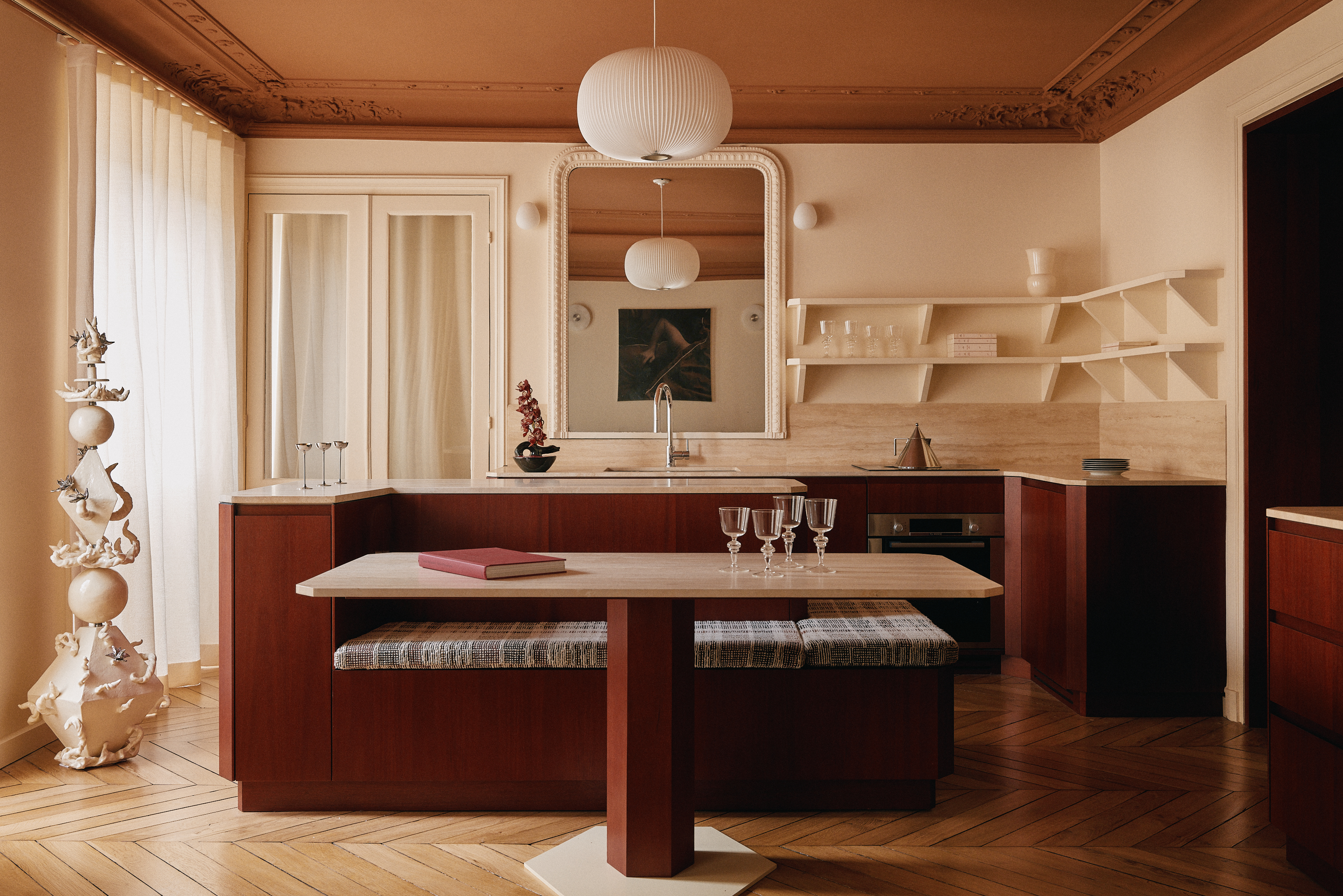

The dictionary definition of "fixation" is 'an intense, sometimes unhealthy, focus or preoccupation with something' — and hey, we've all been there, about one thing or another. But what does it mean in terms of design?
According to Karen Haller, a behavioral color and design psychology expert, "Design fixation is when we become stuck on a single design idea or solution, which limits our creativity and problem-solving abilities. It can happen to anyone, even professional designers, and often leads to playing it safe with our usual likes."
As a problem that can affect us all, regardless of your interior design style or level of expertise, I was intrigued to know more about it — and, more importantly, to find out if it can be avoided. I asked the experts to break it down.
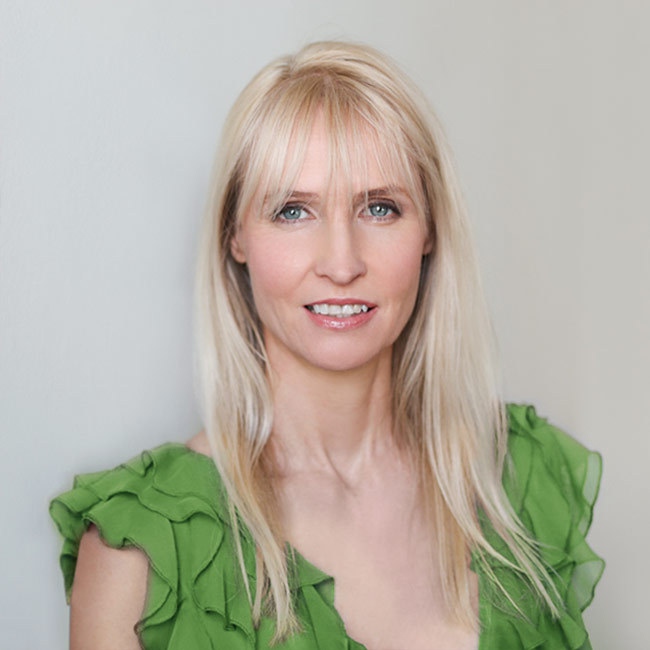
Karen Haller is a leading international authority when it comes to behavioral color and design psychology. Specializing in human-centered design, Karen works with businesses, design professionals, and individual clients to help them understand our relationships with color and how it influences the way we interact with a space. She has authored a book on the topic, called The Little Book of Colour, which explains how to use color for your home and your everyday life to improve your happiness, wellbeing, and confidence.
What is 'Design Fixation'?
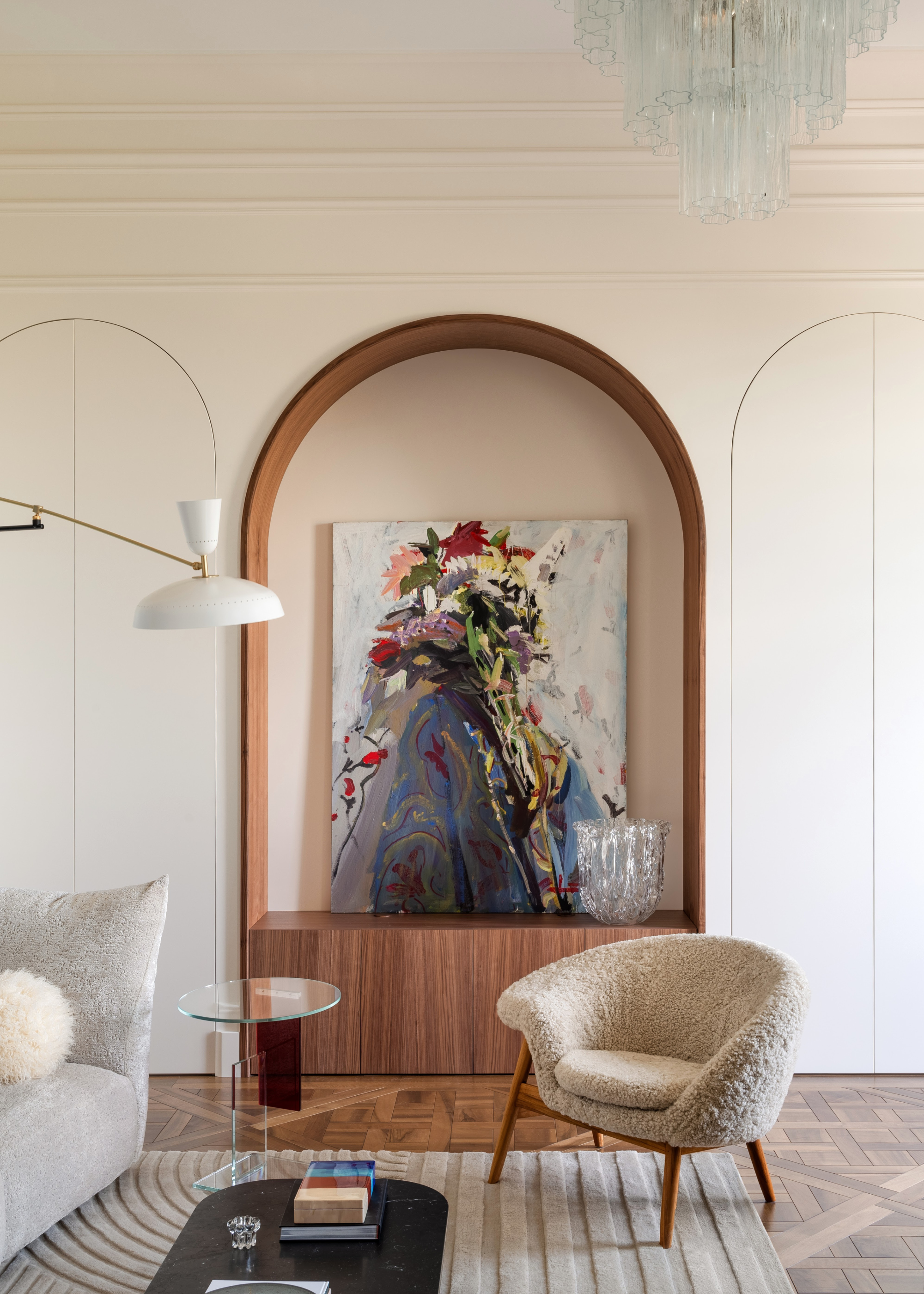
"When we don’t look beyond what we already know, we miss new possibilities and fresh approaches that could transform the way we shape and experience our spaces," says Karen Haller.
"Design fixation is a well-documented cognitive bias where a designer becomes stuck on a limited set of ideas, often influenced by prior knowledge, previous solutions, or dominant trends," explains design psychology expert Rachel A. Wood.
"Psychologists trace its roots to the Einstellung effect, a term first coined in the 1940s when researchers discovered that people tend to solve problems using familiar solutions, even when better alternatives exist," continues Rachel.
This is an all-too-common phenomenon, and Karen Haller agrees that design fixation is something that she sees all the time. "It’s a bit like falling into the habit of eating the same meals each week because they feel familiar and easy, without realizing we are missing out on new flavors and experiences."
Does that ring true to you? It certainly does to me. While I feel I have become braver with my design choices over time, particularly in decorating with color, I still have defaults and habits I can't seem to help but revert to, at least with certain creative choices that I make.
The Livingetc newsletters are your inside source for what’s shaping interiors now - and what’s next. Discover trend forecasts, smart style ideas, and curated shopping inspiration that brings design to life. Subscribe today and stay ahead of the curve.
Rachel explains that psychological research categorizes fixation into the following types:
• Unconscious adherence: defaulting to familiar forms or layouts without questioning.
• Intentional resistance: sticking with what's known due to fear of failure.
• Premature commitment: falling in love with the first good idea.
• Example-driven fixation: overly influenced by existing designs, case studies, or trends.
"Each one can quietly erode the space for innovation, especially in fields like interior design, UX/UI, service design, and architecture, where visual norms and historical precedents hold significant sway."

Rachel A.Wood (MSc, GMBPsS) is a part-time PhD Researcher with the Open University Design Group. She is also currently Head of Customer Journey in public services, and a Member of the British Psychological Society.
How Does 'Design Fixation' Affect the Creative Process?
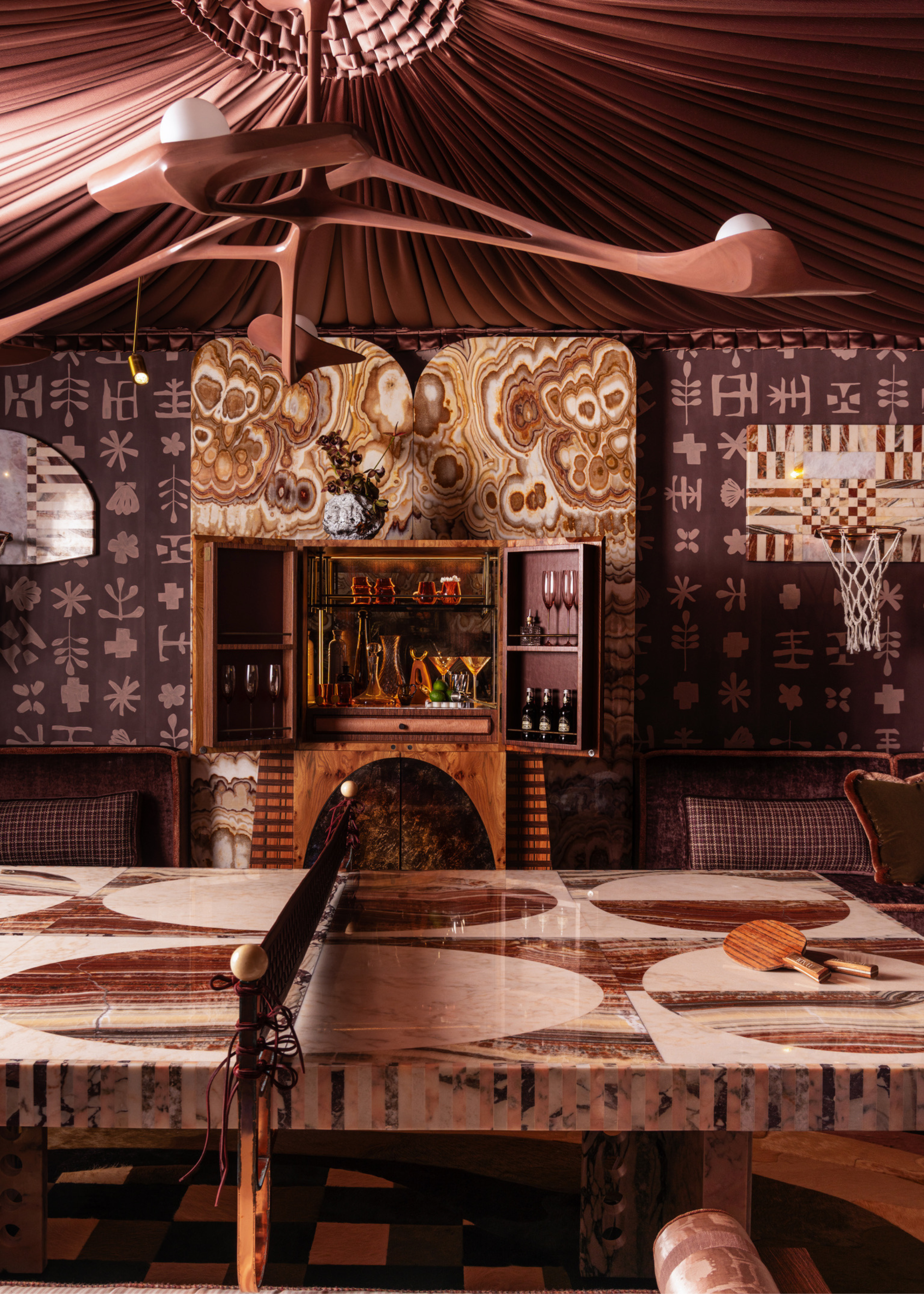
Take time to explore the unexpected to ensure you don't default to 'boring' design. (And who doesn't want an onyx stone ping pong table?)
Karen explains that design fixation affects the creative process by "narrowing our thinking and stalling creative flow. When we become fixated on a single idea or solution, we overlook alternative options and miss opportunities to innovate.
"This often leads to repetitive results, limited problem-solving, and spaces that feel generic rather than reflecting our personality. Without exploring different ways to personalize and experience each space, we risk creating rooms that fail to truly support how we want to live and feel in them."
And it is this precise exploration that is the key to good design; that same exploration that may be cut short due to 'fixation'.
While design fixation can occur at any stage within the creative process, it is most critical early on, when ideas are being generated and developed.
"Fixation tends to short-circuit the 'Discover' and 'Define’ stages, pushing experience and service designers prematurely into the solution space," says Rachel. "The equivalent of this in interior design and architecture is the pre-design (programming) and concept development (schematic design) phase.
"Imagine a student briefed to reimagine a community centre. Without pausing to understand the social fabric of the users, they jump to co-working desks and indoor plants. The layout becomes a mood board, and not a lived experience. This isn’t just aesthetic, it’s strategic. Fixation can cause designers to solve the wrong problem or define it too narrowly."
Can 'Design Fixation' Be Avoided?

"Familiarity can soon become a comfort zone, not a springboard to what is new or even wanted by those it is for," says Rachel A. Wood.
Karen advises that the main way to avoid design fixation is by being open to new ideas and staying curious.
"Instead of jumping straight to what you have always done, try looking at different colors, furniture styles, or layouts, and imagine how each one might change the feel of your room," she tells me. "Take your time to explore before making decisions, and you might discover ideas you would never have thought of before."
Karen also explains the importance of understanding your habits — take time to notice if you're always choosing the same furniture styles, the same fabrics, or the same colors.
Once you catch yourself stuck in a habit, you will be more able to break yourself free of it. Embrace experimentation — explore new colors, new layouts, new textures, and take a moment to ask yourself how you want your space to feel.
"Seek inspiration from unexpected places such as nature, travel, or art, and keep learning and studying new design approaches — like biophilic design, sensory design, and color and design psychology — to expand your perspective," says Karen.
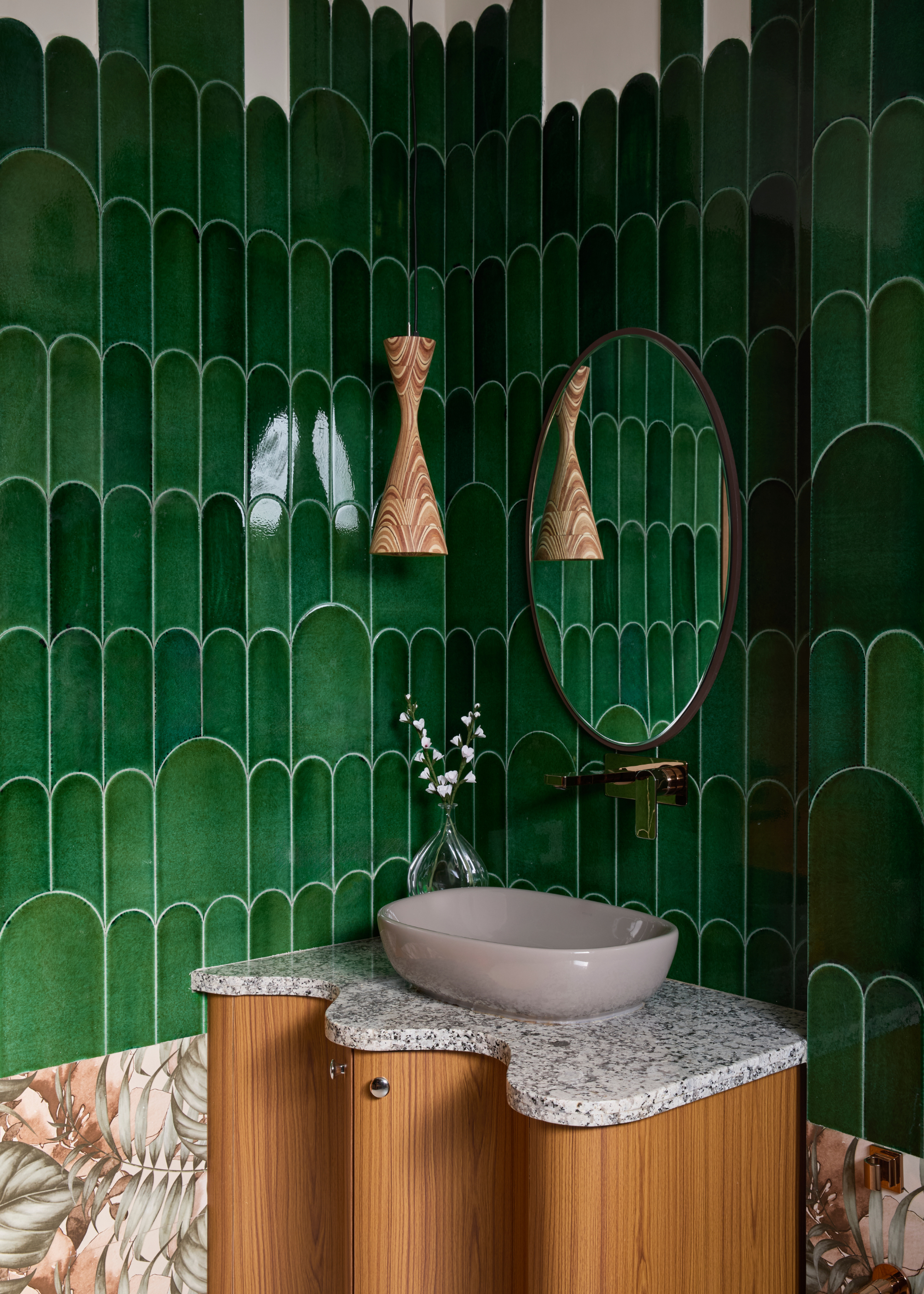
"Fixation can have you replicating the past instead of reimagining the future," says Rachel A. Wood.
So what can we do to overcome 'design fixation'? Rachel shared eight steps to follow to help avoid design fixation as much as possible, for anyone planning to create a space:
1. Start with your thought process — "Begin by helping yourself (or others) think about thinking. Incorporate reflection moments early in the design process; where are these ideas coming from? Am I replicating something I've seen?"
2. Don’t try to solve a problem too quickly — "Disciplined use of design frameworks helps you stay longer in the problem, or understanding the brief space. These phases aren’t just boxes to tick on a checklist; they’re where empathy (including for yourself), context, and constraint shape the brief. Skipping these stages increases the risk of designing for assumptions instead of people."
3. Limit the examples you are exposed to early on in the process — "Be careful about when and how references are introduced — inspiration can quickly become imitation. Always think like a child would, and don’t discount ideas too soon."
4. Use analogies and defamiliarization — "Ask [yourself]: what would this home look like if it were a forest? Tools like concepts, prototypes, and role-play can help move ideas out of the realm of the expected."
5. Design for 'divergent thinking' — "Quantity leads to quality. Encourage at least 10–15 radically different concepts before moving to development. In studio settings, set challenges like 'design the worst idea first' to get comfortable with risk and failure."
6. Analyze and understand the clichés — Don't be beholden to the latest interior design trends. "Interior design is full of popular tropes that can limit originality — be able to identify and unpack these. Ask [yourself]: what is this trend assuming about people’s lives or values? Does it reflect the user’s reality?"
7. Be strategic with creative constraints — "Constraints aren’t the enemy; they can even spur innovation. But premature or overly narrow constraints reinforce fixated thinking. Instead, rotate constraint types of material, emotional, and experiential. Challenge assumptions like 'every bedroom needs symmetry' or 'the kitchen must centre on an island.'"
8. Lean into the 'incubation' period — "Psychological studies show that time away from a problem, sometimes known as incubation, can help dissolve fixation. Build this into your studio or project structure. After ideation, pause, step away, and return with fresh eyes. It gives the conscious mind a rest and allows your subconscious to make new connections."
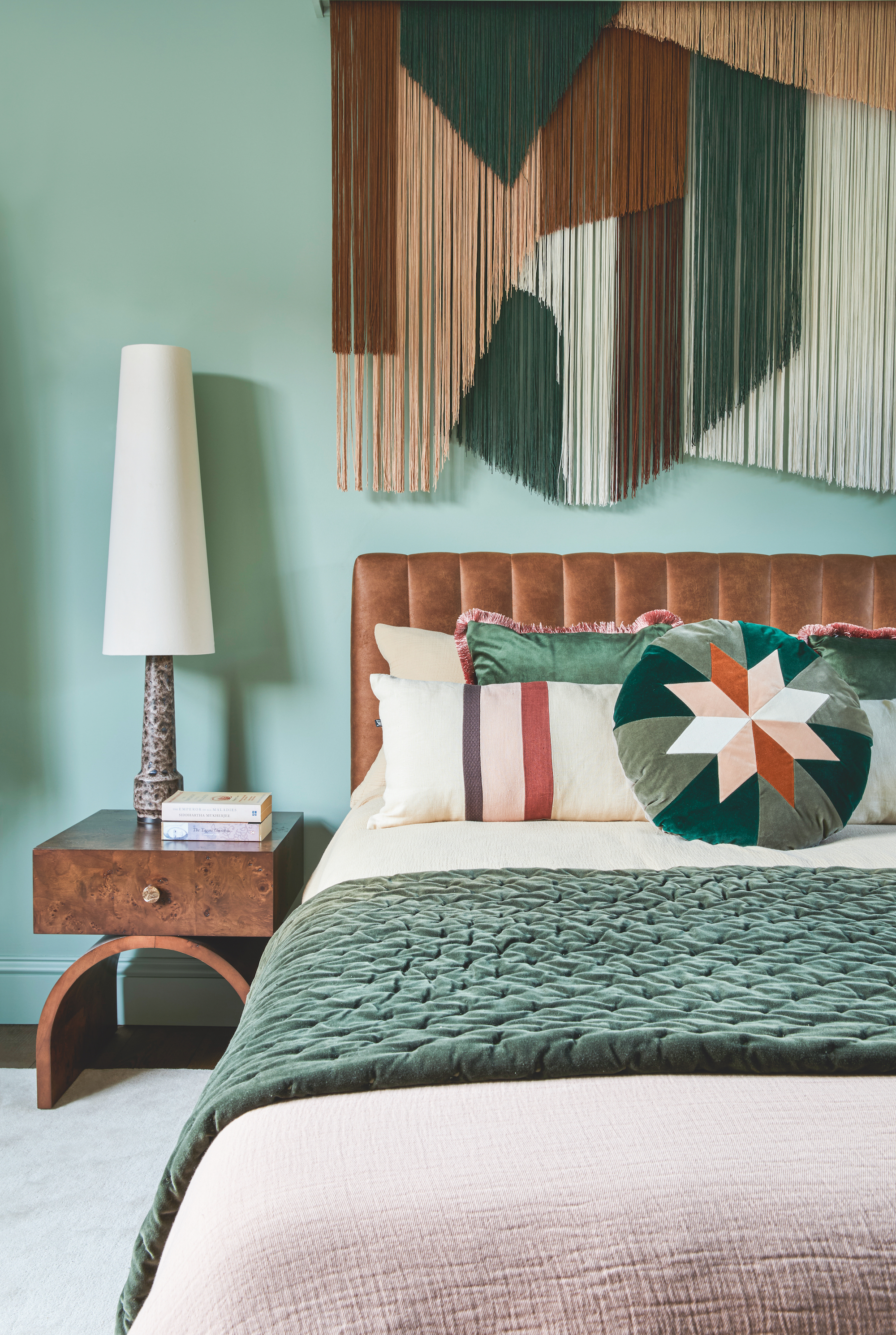
"Choosing differently is what opens your creativity and helps you create spaces that feel alive, personal and truly supportive," says Karen Haller.
At the end of the day, we're all human — we have habits, and I think it's fair to say we sometimes make choices because they are the easiest option, not the best option.
To design the best possible spaces, those that speak to our personalities and how we want to engage and interact with them, we must get past those habits, those 'design fixations' that can sometimes stop us from achieving them.
"Fixation isn’t failure," assures Rachel. "It’s a natural side effect of experience, culture, and visual memory. But as design educators, practitioners, and critics, we have tools to challenge it. Start with curiosity, embrace the messy middle of the process, and don’t be afraid to ask: what haven’t I thought of yet?
"Because often, the most interesting ideas are hiding just behind the ones we think are obvious."
So here's to exploring — your next project is going to be your best one yet.
Design Books to Fixate On Instead
Keen to learn more about design and the creative process for interiors? These books are a good place to start.
Before you embark on your next project, it's worth knowing the outdated interior design rules to ignore in 2025, too.
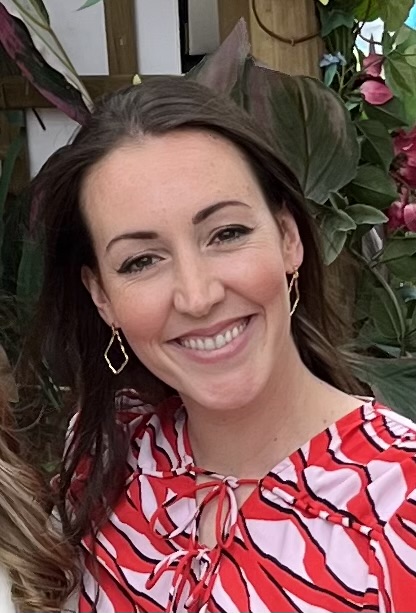
Debbie is Livingetc's deputy editor (digital). She embarked on her career in the publishing industry almost 20 years ago, with experience spanning interiors and fashion brands across both print and digital platforms.
She has worked for titles including ELLE Decoration, World of Interiors, ELLE, Condé Nast Traveller, GQ, and Glamour, among others. She is a lover of all things interiors and loves planning a makeover project. She can often be found moving furniture and decor around her house for the millionth time or else watering her 50 houseplants!
